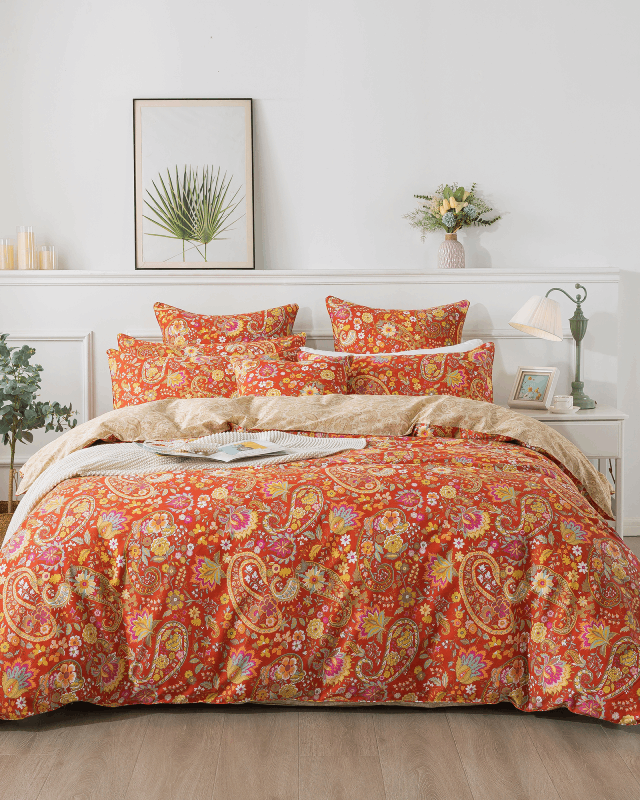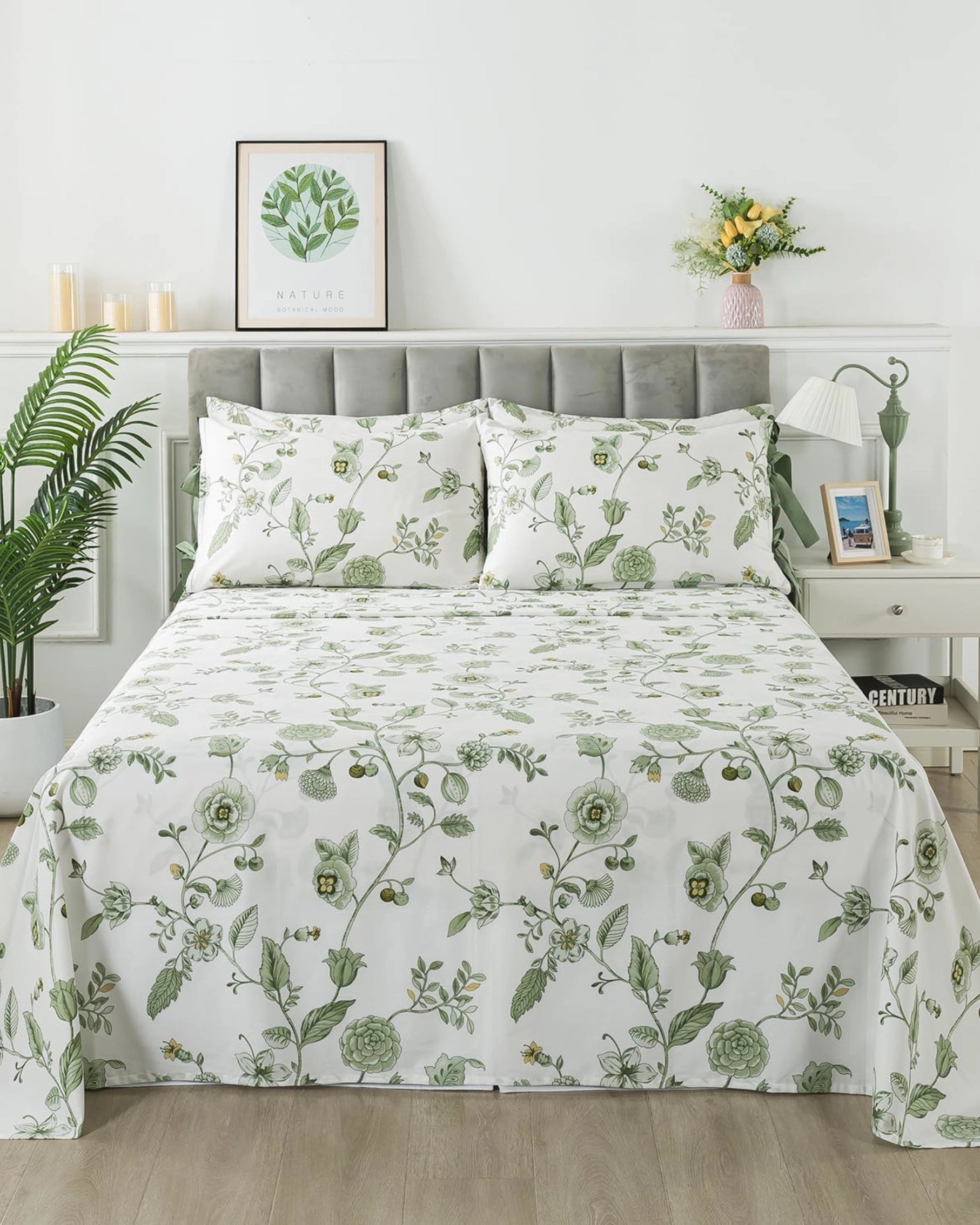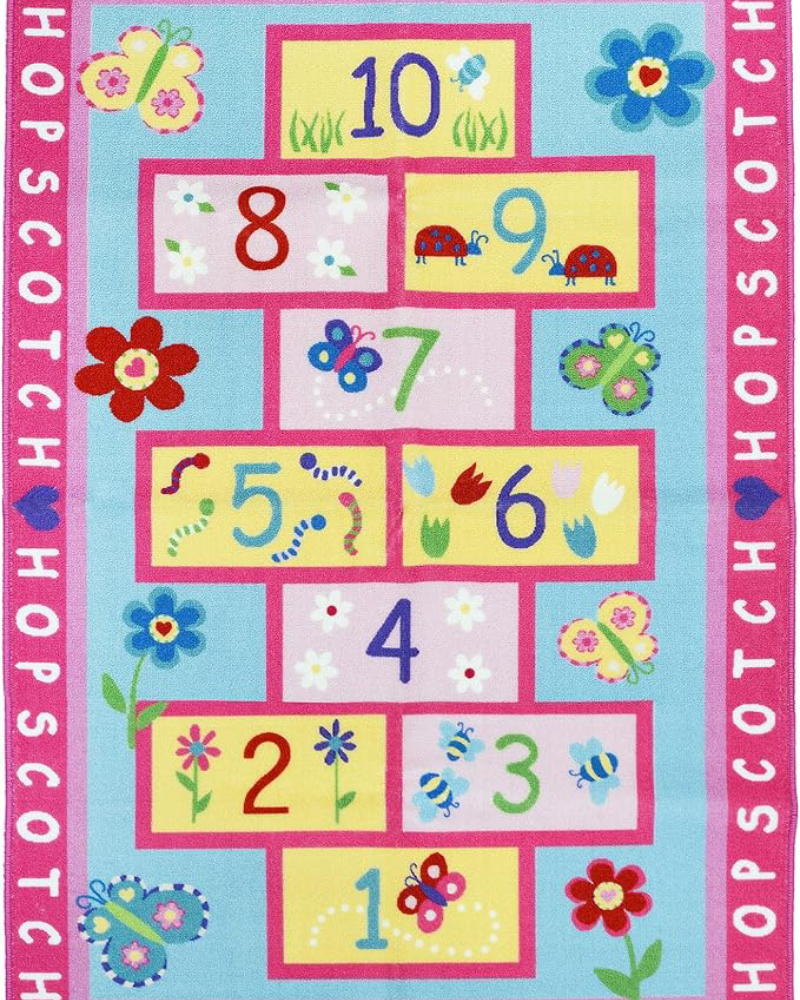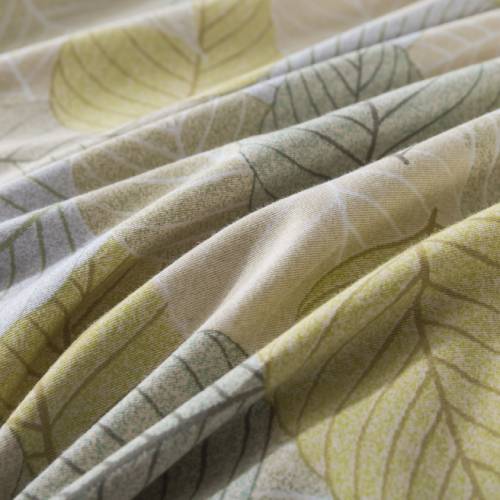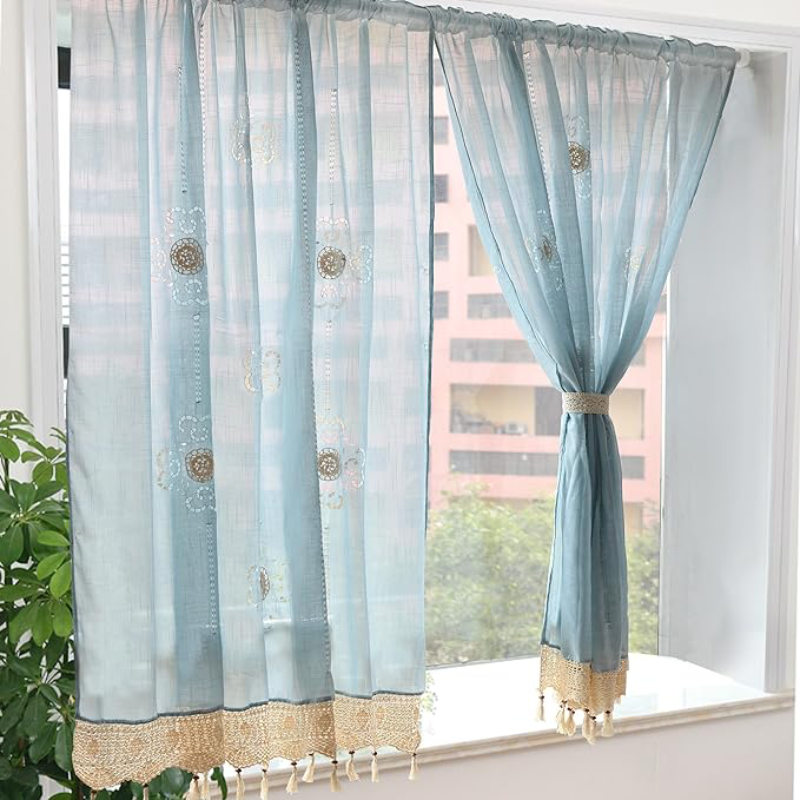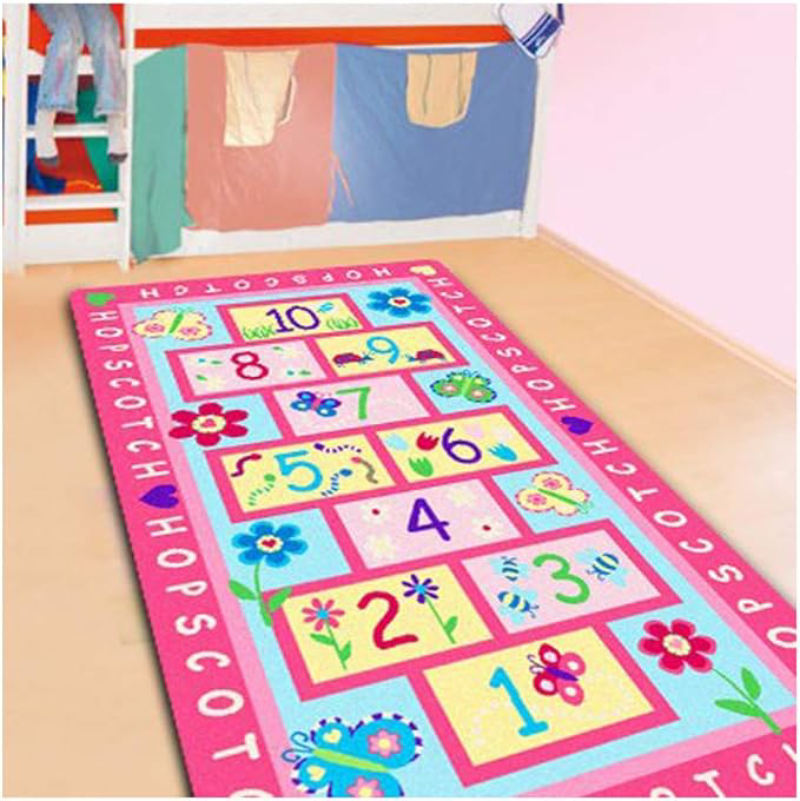When choosing bed linens, the texture of the fabric plays a crucial role in the overall sleep experience. Texture affects how soft, smooth, or crisp the bedding feels against your skin, and it can influence the aesthetics of your bedroom as well. The texture of bed linen depends on factors such as the fabric type, weave, and finishing techniques used in manufacturing.
In this comprehensive guide, we will explore the various textures found in popular bed linen fabrics, discussing their unique properties, benefits, and ideal uses. Whether you prefer the luxurious feel of satin, the cozy warmth of flannel, or the crispness of percale, understanding fabric textures will help you choose the perfect bedding for your needs.
Cotton: Versatile and Soft
Percale Weave
One of the most popular textures in bed linens is the percale weave, known for its crisp and smooth feel. Percale is woven with a simple one-over-one-under pattern, which gives it a matte finish and a lightweight, breathable texture. It’s ideal for those who prefer a cooler, more structured feel in their sheets.
- Texture: Crisp, cool, and smooth
- Best For: Hot sleepers or warm climates, as it offers great breathability.
- Durability: Percale tends to get softer with each wash, making it more comfortable over time.
- Common Thread Count: Typically 200 to 400, offering a balance between durability and softness.
Sateen Weave
For those who prefer a more luxurious and silky feel, sateen weave is a popular choice. Sateen is made with a three-over-one-under weaving technique, which gives it a lustrous sheen and a buttery-soft texture. Unlike percale, sateen feels warmer and heavier, making it ideal for cooler months.
- Texture: Soft, smooth, and silky with a subtle sheen.
- Best For: People who want a more luxurious, warm feel to their bedding.
- Durability: Sateen is prone to pilling over time, so it may require more care in maintenance.
- Common Thread Count: Usually between 300 and 600, with a higher thread count enhancing the silky feel.
Jersey Knit
Jersey knit sheets, often compared to T-shirt material, have a soft, stretchy texture that drapes easily over the bed. Unlike woven fabrics, jersey is knit, resulting in a lightweight, slightly elastic feel. It’s a cozy, casual option that’s popular for its softness and ease of care.
- Texture: Soft, stretchy, and breathable, with a slightly casual, relaxed feel.
- Best For: Those who want a cozy and warm bed, especially during colder months.
- Durability: Jersey is durable and easy to care for, though it can shrink if washed at high temperatures.
- Common Thread Count: Jersey knit fabrics are usually not measured in thread count, but the material is lightweight and comfortable.
Flannel
Flannel bed linens are synonymous with warmth and coziness. This texture is achieved by brushing the surface of the cotton fabric to create a soft, slightly fuzzy feel. Flannel sheets are heavier and trap heat, making them perfect for winter bedding.
- Texture: Soft, plush, and slightly fuzzy.
- Best For: Cold sleepers or those in cooler climates who want extra warmth.
- Durability: Flannel is strong and long-lasting, but can pill after extended use.
- Common Thread Count: Flannel is measured in grams per square meter (GSM), with higher GSM values indicating thicker, warmer sheets.
Linen: Natural and Textured
Linen is known for its distinctly textured feel and airy, breathable properties. Made from the fibers of the flax plant, linen has a natural, relaxed look with a slightly coarse texture that softens with use and washing. It is highly absorbent and thermoregulating, making it suitable for both hot and cold sleepers.
- Texture: Crisp, slightly coarse at first, but softens significantly over time.
- Best For: People who appreciate a natural, breathable fabric with a more relaxed aesthetic.
- Durability: Linen is incredibly durable and becomes softer and more comfortable with each wash.
- Common Thread Count: Linen sheets typically have a lower thread count (100 to 200) because of their thicker yarns, but this does not compromise their quality or comfort.
Silk: Luxurious and Smooth
Silk is one of the most luxurious fabrics used in bed linens, offering an incredibly smooth, cool, and silky texture. Silk sheets are prized for their elegance and are often recommended for those with sensitive skin, as the smooth surface reduces friction and irritation.
- Texture: Ultra-smooth, shiny, and cool to the touch.
- Best For: Hot sleepers or those looking for a luxurious sleeping experience; silk is also great for reducing wrinkles and hair frizz.
- Durability: While silk feels delicate, it is strong, but it requires special care such as hand-washing or dry cleaning.
- Common Thread Count: Silk is usually measured by its weight in momme(a unit used to measure silk's density). A 19 to 25 momme weight is considered high-quality for bed linens.
Bamboo: Soft and Eco-Friendly
Bamboo fabric has gained popularity in recent years due to its sustainability and naturally soft texture. Bamboo sheets are silky and smooth, similar to high-quality cotton sateen but with added moisture-wicking properties, making them perfect for hot sleepers.
- Texture: Soft, smooth, and cool to the touch, with a slight sheen.
- Best For: Eco-conscious buyers who want moisture-wicking, breathable, and hypoallergenic bedding.
- Durability: Bamboo is strong and durable, and it resists pilling and shrinking when cared for properly.
- Common Thread Count: Bamboo sheets usually range from 250 to 350 thread count, with a naturally smooth texture regardless of the count.
Microfiber: Soft and Affordable
Microfiber is a synthetic fabric made from finely woven polyester fibers. It has a soft, smooth texture and is often used in budget-friendly bedding due to its affordability. Microfiber sheets are also lightweight, wrinkle-resistant, and easy to care for, making them a popular choice for many households.
- Texture: Soft and smooth, often compared to brushed cotton or suede.
- Best For: People looking for affordable, low-maintenance sheets that are still soft and comfortable.
- Durability: Microfiber is durable and holds up well to repeated washing, though it can trap heat and may not be as breathable as natural fabrics.
- Common Thread Count: Microfiber sheets typically don’t use thread count but instead focus on GSM (grams per square meter), with higher GSM indicating thicker, more durable sheets.
Egyptian Cotton: Luxurious and Durable
Considered one of the finest types of cotton, Egyptian cotton has long, fine fibers that produce soft, smooth, and durable bed linens. Egyptian cotton sheets are known for their luxurious feel, breathability, and ability to withstand wear and tear while remaining soft over time.
- Texture: Smooth, soft, and luxurious.
- Best For: People who want premium quality sheets that last for years and get softer with time.
- Durability: Egyptian cotton is extremely durable and resists pilling, making it a great long-term investment.
- Common Thread Count: Egyptian cotton sheets typically have higher thread counts, ranging from 400 to 1000+, though anything above 600 is often marketing hype rather than a guarantee of superior quality.
Tencel (Lyocell): Eco-Friendly and Silky
Tencel, or Lyocell, is an eco-friendly fabric made from wood pulp, usually eucalyptus, beech, or bamboo. Tencel sheets are known for their silky smoothness and moisture-wicking properties, making them ideal for hot sleepers or those with sensitive skin.
- Texture: Silky smooth, cool, and slightly glossy.
- Best For: Hot sleepers and those looking for sustainable bedding options.
- Durability: Tencel is strong and durable, holding up well to frequent washing, and is resistant to wrinkles.
- Common Thread Count: Tencel sheets usually have a thread count between 300 and 500, providing softness without sacrificing strength.
Conclusion
Choosing the right bed linen texture is essential for creating the perfect sleep environment. Whether you prefer the crispness of percale, the softness of sateen, or the luxurious smoothness of silk, understanding the different textures available will help you make informed decisions based on your personal preferences and climate. For year-round comfort, it’s a good idea to mix and match different textures, rotating between breathable fabrics like linen for summer and warmer options like flannel for winter.
By selecting the right fabric texture for your bed linens, you can enhance your sleep quality, comfort, and overall bedroom aesthetic. Each fabric and texture offers its unique benefits, and with proper care, you can enjoy their softness and durability for years to come.

